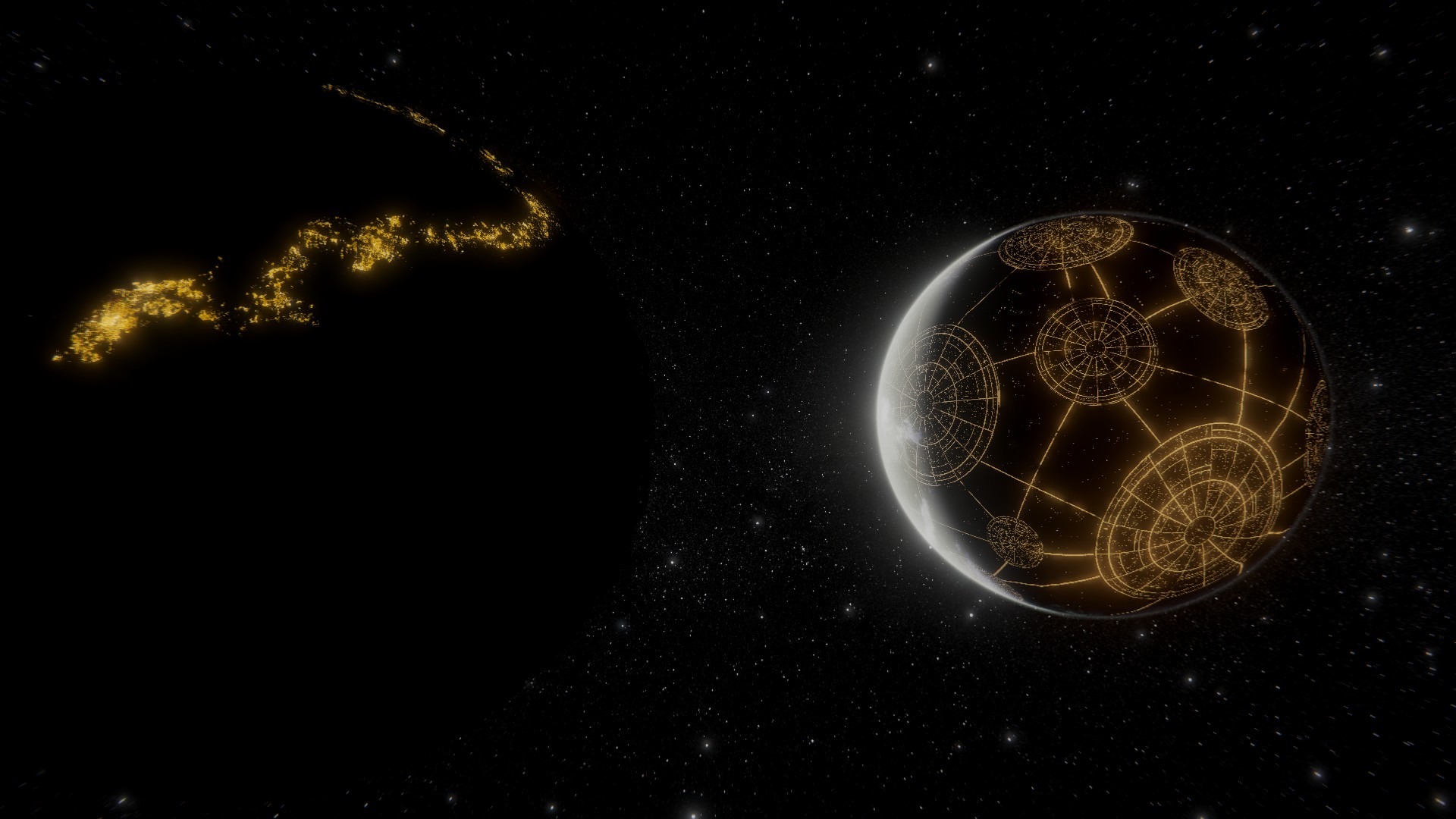A 17-hour search of over 10 million stars found no signs of alien technology.
A recent large-scale survey looking for extraterrestrial life scanned over 10 million stars but did not detect any evidence of alien technology. The study, published in the Publications of the Astronomical Society of Australia, used the Murchison Widefield Array (MWA), a massive array of 4,096 antennas located in Western Australia, to search for “technosignatures”—radio signals that might indicate advanced alien civilizations.
The Search for Alien Technosignatures
The MWA survey, led by Chenoa Tremblay from the Commonwealth Scientific and Industrial Research Organization (CSIRO) and Stephen Tingay from the International Centre for Radio Astronomy Research (ICRAR), focused on the Vela constellation. This area of space is scientifically significant because many stars have died and exploded, making it a fertile region for new star formation. Researchers hoped that this stellar environment might also be conducive to finding evidence of extraterrestrial life.
The team spent 17 hours listening for repeating radio signals, similar to a “ping” sound, that might escape from an alien planet or represent a deliberate transmission. Despite scanning over 10.3 million stellar sources, including six known exoplanets, they found no unknown signals. The researchers likened their search to studying a swimming pool’s volume of water in an entire ocean, highlighting the enormous challenge of locating technosignatures in space.
Limits and Future Efforts
One of the significant limitations of the search is that it assumes extraterrestrial civilizations would have developed radio technology similar to what we use on Earth. As Tremblay notes, intelligent alien life may exist but might communicate using methods we cannot detect. The search for life, therefore, remains an ongoing process of refining techniques and exploring new regions of space.

Tremblay’s research also includes studying simple molecules essential for life, which could offer a different pathway to finding extraterrestrial life. By identifying the chemical signals that might indicate life, scientists may one day detect life forms that do not rely on advanced technology like radio transmissions.
In a related effort, astronomers from the University of Manchester and the Breakthrough Listen collaboration have been narrowing down the search for intelligent life within the Milky Way. Their recent study, published in early September, set new constraints on radio transmissions, showing that fewer than 0.04% of star systems in our galaxy could potentially host detectable alien civilizations.
Progress in the Search for Life
While this particular SETI survey did not yield results, the search for life beyond Earth continues with new missions. NASA’s Perseverance rover and China’s Tianwen-1 mission, both currently exploring Mars, are equipped with tools to search for ancient or current microbial life on the Red Planet. These missions represent ongoing efforts to uncover the mysteries of life in the universe.
In the vast and dark forest of the cosmos, the search for life is far from over. As technologies improve and our understanding of space deepens, the next breakthrough could be just around the corner.




